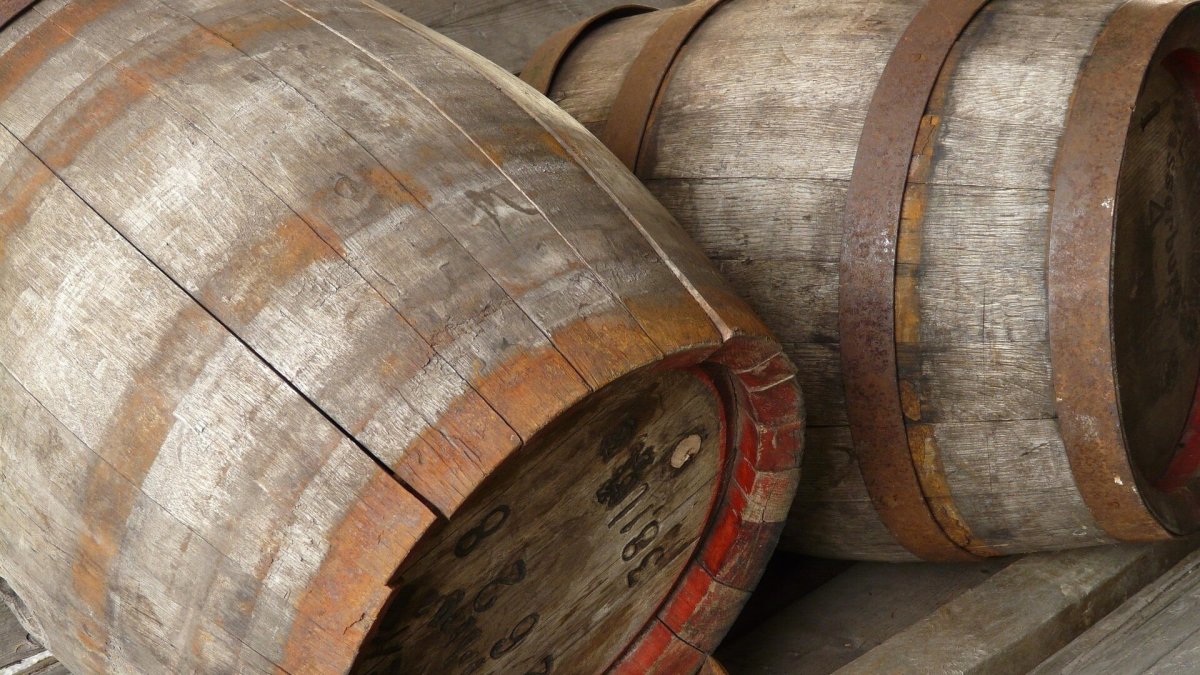- The company is a court-ordered receivership.
- Selling assets is part of its plan.
- A Chapter 11 bankruptcy filing, but not a Chapter 7 liquidation, remains an option.
Very few brands trace their history back to the 1850s, and almost no brands exist that were literally created to right a historical wrong.
Uncle Nearest, however, traces its roots back to the founding of Jack Daniel’s. It’s not the prettiest of stories (few were, back in the age of slavery), but it’s a story with an inspiring ending.
Uncle Nearest’s long history
- Nathan “Nearest” Green was a formerly enslaved man who became a master distiller and is credited with teaching a young Jasper Newton “Jack” Daniel how to distill whiskey. Source:CBS News
- After emancipation, Nearest became Jack Daniel’s first “head stiller” (master distiller).
- The brand Uncle Nearest was later created (launched in July 2017) in honor of Nearest Green, celebrating his legacy. Source:Alcohol Professor
- The brand emphasizes reclaiming and telling that history; for example, the founder Fawn Weaver researched and documented Nearest Green’s story and descendants. Source:Alcohol Professor
- In 2020, Uncle Nearest and Jack Daniel’s (owned by Brown‑Forman Corporation) collaborated on an initiative to promote diversity in the whiskey/spirits industry (the Nearest & Jack Advancement Initiative).
Brown-Forman has no ownership stake or business ties, aside from working together on the aforementioned initiative.
Uncle Nearest faces financial adversity
The Uncle Nearest brand has run into some financial trouble, but a recent court ruling suggests it will survive.
“Uncle Nearest Inc. is preparing to sell off non-core assets, including French vineyards, a Cognac château, and other real estate, as part of efforts to stabilize the Shelbyville whiskey company under court-appointed receivership,” the Moore Country Observer reported.
Those assets are part of a cognac business the company has decided to abandon, given that it does not have the cash needed to bring the product to market.
In a report filed Oct. 1 in U.S. District Court, Receiver Phillip G. Young Jr. did say that other assets might be sold, but the core brand was viable.
The company has significant value and can be reorganized, as a going concern.
Receiver Phillip G. Young Jr.
Young, in his position as receiver, has made a number of changes to the company. The receivership was initiated after a lawsuit was filed by Farm Credit Mid-America, Uncle Nearest’s senior lender.
Young has repaired that relationship, along with making other changes:
- The lender has agreed to offer $2.5 million in short-term funding to cover overdue bills and professional fees.
- A 13-week budget indicates that the company’s revenues are sufficient to cover its operating expenses.
- The company laid off 12 employees.
“While cash flow was ‘a major challenge’ in the first weeks, shipments are resuming, and interest from potential investors and buyers is growing,” the paper reported.
Young hopes to be able to reorganize the company’s assets. That could include a formal Chapter 11 bankruptcy filing, but Uncle Nearest has not taken that step yet.

Pixabay
Uncle Nearest’s financial woes
Many of the company’s problems, according to Young, stem from poor recordkeeping and mismanagement by a previous executive. The company still has significant problems to overcome.
- The brand is accused of defaulting on more than $108 million in loans and lines of credit.
- The lender, Farm Credit Mid‑America (an agricultural lending cooperative), filed a federal lawsuit in late July 2025 seeking remedies for alleged breaches, including inflated collateral valuations (barrels used as collateral).
- Among the allegations: failure to maintain required financial covenants, providing required reports, and allegedly overstating barrel value by $24 million.
- A federal judge has ordered that the company be placed under receivership, meaning control of its operations has been taken away from its founders.
- The appointed receiver (Phillip G. Young Jr.) has engaged turnaround consultants and legal advisors to evaluate the business and its outside assets, potentially preparing for liquidation.
- The receiver now has authority to initiate formal bankruptcy proceedings if necessary.
Source: Black Enterprise
Young acknowledged in a court filing that bankruptcy was a possible remedy, but he noted that it would pursue a Chapter 11 bankruptcy filing in order to reorganize.
“The receiver does not believe that a fire sale liquidation of the company (be that as part of this receivership or as part of a bankruptcy proceeding) is necessary or in the best interest of this company,” he wrote in the court documents.
An attorney for the previous owners of the brand, Fawn and Keith Weaver, also said in an earlier court filing that a Chapter 11 bankruptcy filing was something the company had considered. Those plans were changed, or at least delayed, when the receiver was appointed.
Related: Florida tourism transportation leader files Chaper 11 bankruptcy
#159yearold #liquor #brand #faces #Chapter #bankruptcy #asset #sale